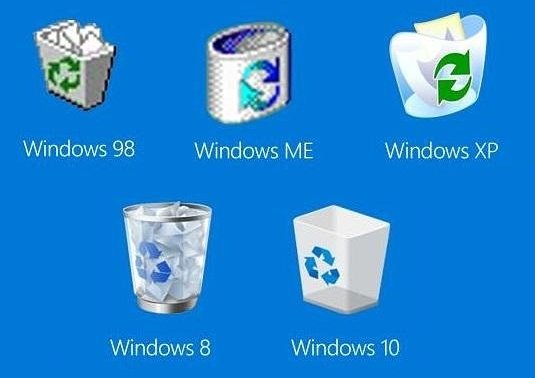

We see that their original locations, deletion dates and times and sizes. Let’s delete them and then look at the contents of the recycle bin and see those files that I just deleted. There are docx and txt and png files on the desktop. So, $I is meta-data, $R is the actual recovery data representing the contents of the original file. The sub-folder is created for a given user upon first deletion of a file that is sent to the Recycle Bin. The SID sub-folder corresponds to the SID of the user that deleted the file.

$R File contains the contents of the deleted file.Date/time at which the file was deleted.File name and full path of the deleted file.$I Meta-data File (Windows Vista and Later) Both files will be renamed to some random six-character value and then $I and $R will be prepended to each one of the respectively creating an 8-character file name. Secondly, the actual file contents themselves will be stored within a $R file. Firstly, $I file which will contain meta-data specific to that file which is the original file name and path of the file prior to deletion, the size of the file and the time at which it was deleted. The recycle bin is in the root of the OS drive which is typically C:\ and it is called $Recycle.Bin in Windows 10.Įach deleted file will result in two files placed within the path. In this post, I’d like to go over exactly what happens when you delete a file that gets placed into the recycle bin.


 0 kommentar(er)
0 kommentar(er)
